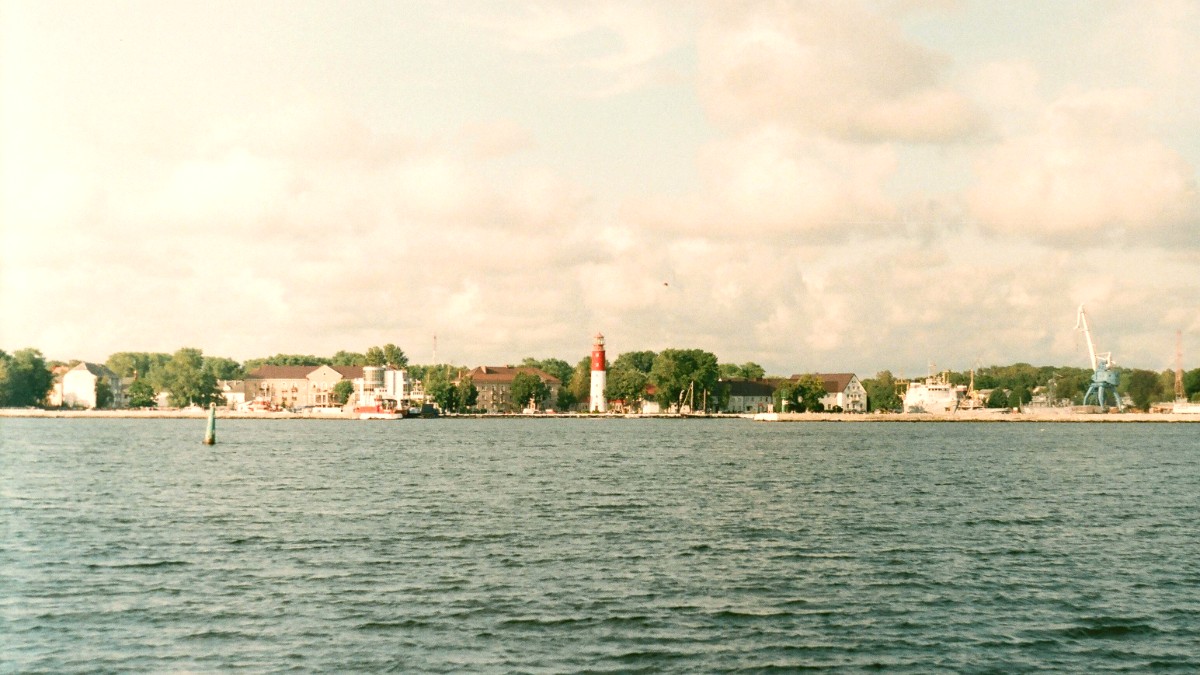
Germany
Historically, Kiel's cuisine evolved from the needs of sailors, fishermen, and farmers. It is marked by simple, filling, and flavorful dishes, structured for sustenance in a northern climate.
The strong maritime influence means fish figures as a staple, frequently prepared with traditional methods like smoking or pickling. Regional ingredients, like potatoes, various types of cabbage, and root vegetables, shape the backbone of many dishes. This cuisine embodies comfort and practicality.
A greater emphasis on seafood exists due to coastal access.
Unlike Bavaria, pork knuckle and pretzels appear as less common staples.
A reduced focus on dumplings and increased potato dishes.
A hearty North German sailor's dish. It comprises mashed potatoes mixed with corned beef, onions, and beetroot, which gives it a distinctive reddish color. It customarily arrives with a fried egg, pickled gherkins, and rollmops (pickled herring).
A true local experience unfolds.
Small smoked sprats, a genuine specialty of Kiel. These tiny fish traditionally receive consumption whole (head and tail included) as a snack or on a slice of bread.
An unique, intense smoky flavor emerges.
The quintessential Kiel street food. This simple yet satisfying sandwich features various types of fish (e.g., pickled herring, smoked salmon, Bismarck herring) served in a fresh bread roll, often with raw onions. Find these at fish stalls along the waterfront.
A quick and authentic taste of the sea.
While originating in Hamburg, these sweet, flattened pastries with cinnamon and sugar frequently appear in Kiel's bakeries and cafes. They suit well with a coffee.
Various cakes and tarts comprise a large segment of the German "Kaffee und Kuchen" tradition. Try seasonal fruit tarts (like Apfelkuchen - apple cake) or creamy tortes.
Kiel maintains a selection of dedicated fine dining restaurants. Some upscale hotels house high-quality restaurants that furnish refined dining experiences.
Numerous mid-range restaurants locate themselves throughout the city, furnishing diverse culinary experiences.
Imbisse (Snack Stands): The go-to for quick and inexpensive meals. Fischbuden (Fish Stalls): Along the waterfront, perfect for fresh Fischbrötchen.
Kiel maintains a diverse international food scene, mirroring its multicultural population. Strong presence of Italian (pizzerias, trattorias), Turkish (Döner kebab, restaurants), Greek, Asian (Chinese, Vietnamese, Thai, Japanese sushi) restaurants.
These options ensure a broad range of tastes and budgets. Diverse and widely available.
Kiel Wochenmarkt (Weekly Market): At various locations (Exerzierplatz, Blücherplatz). Fresh produce, meats, cheeses, baked goods, sometimes prepared foods. Markthalle (Market Hall): Smaller indoor market with food stalls, bakeries, cafes.
These venues display a taste of local flavors and quick bites.
Growing presence, notably in newer eateries and student areas. Menus often denote dishes.
Halal options in some Turkish/Middle Eastern spots. Kosher very limited; self-sourcing or larger cities is advisable.
Awareness advances. Many restaurants fulfill requests; learning 'glutenfrei' (gluten-free) assists.
Clearly convey dietary needs. Cross-contamination always poses a risk; inquire about procedures. A fine resource for locating options is the HappyCow app.
Some farms in the countryside around Kiel conduct direct sales of their produce, dairy products, or meats.
An opportunity to purchase fresh, local ingredients.
Seek specialty food shops in Kiel that source from regional producers, a support to the local economy.
Discover unique regional items.
Some larger fjord ferries maintain small cafes or snack bars on board.
Seek restaurants along the Kiellinie or with views of the Kiel Fjord.
Held annually in late June, this is the largest sailing event in the world and a massive public festival. It attracts millions of visitors with international sailing regattas, numerous free concerts across multiple stages, food stalls, funfairs, and cultural events.
Held annually in late February or early March, this traditional fair has historical roots dating back to the Middle Ages. Today, it presents a popular folk festival with a Ferris wheel, street performers, and various stalls.
From late November through December, several charming Christmas markets open in Kiel's city center, displaying festive decorations, local crafts, Glühwein (mulled wine), and seasonal treats.
Some larger fjord ferries maintain small cafes or snack bars on board. This creates opportunities for unique views of the city and coastline while dining.
A scenic and distinct dining approach.
Seek restaurants along the Kiellinie or with views of the Kiel Fjord. These locations foster an atmospheric dining environment, especially at dusk.
Ideal for a memorable meal with waterfront vistas.
Experiencing the temporary outdoor food stalls and beer gardens during Kieler Woche presents an unique, festive dining environment specific to the city's biggest event. A wide variety of local and international street food.
Discover local breweries and pubs offering a selection of Pilsner, Weizenbier, and craft beers unique to Schleswig-Holstein. Enjoy a fresh draft beer for an authentic taste.
Try Apfelschorle (sparkling apple juice) or Rhabarberschorle (sparkling rhubarb juice), especially refreshing seasonal drinks. These appear as popular non-alcoholic choices.
Kiel's cuisine, shaped by the Baltic Sea, features fresh fish and hearty regional ingredients.